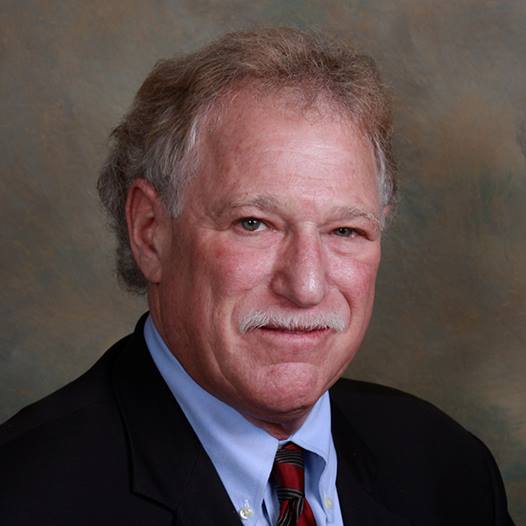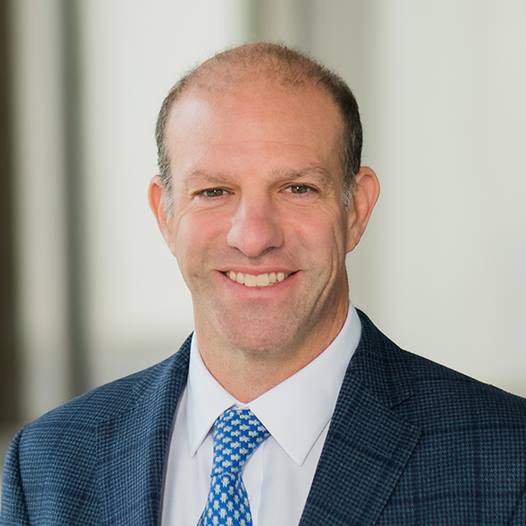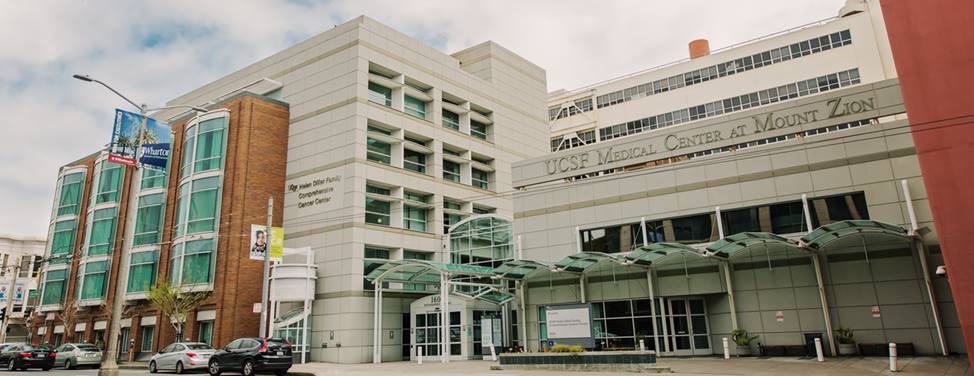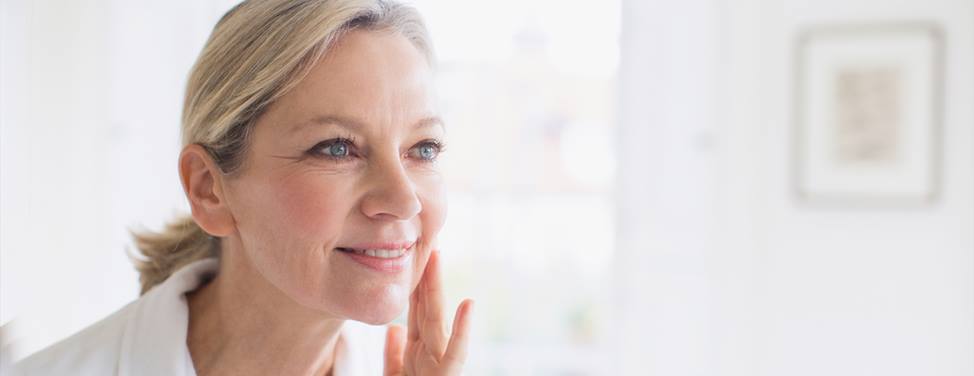An estimated 11 million people worldwide have used Botox, making it one of the most common nonsurgical cosmetic procedures. Because of its popularity, Botox is often performed in nonmedical settings. However, it is very important that you receive Botox injections from a trained and experienced health care professional in a sterile, well-equipped medical facility to avoid unwanted effects. Our plastic surgeons and dermatologists are specially trained in administering Botox injections. We treat a high volume of patients with a wide range of needs who experience excellent results.
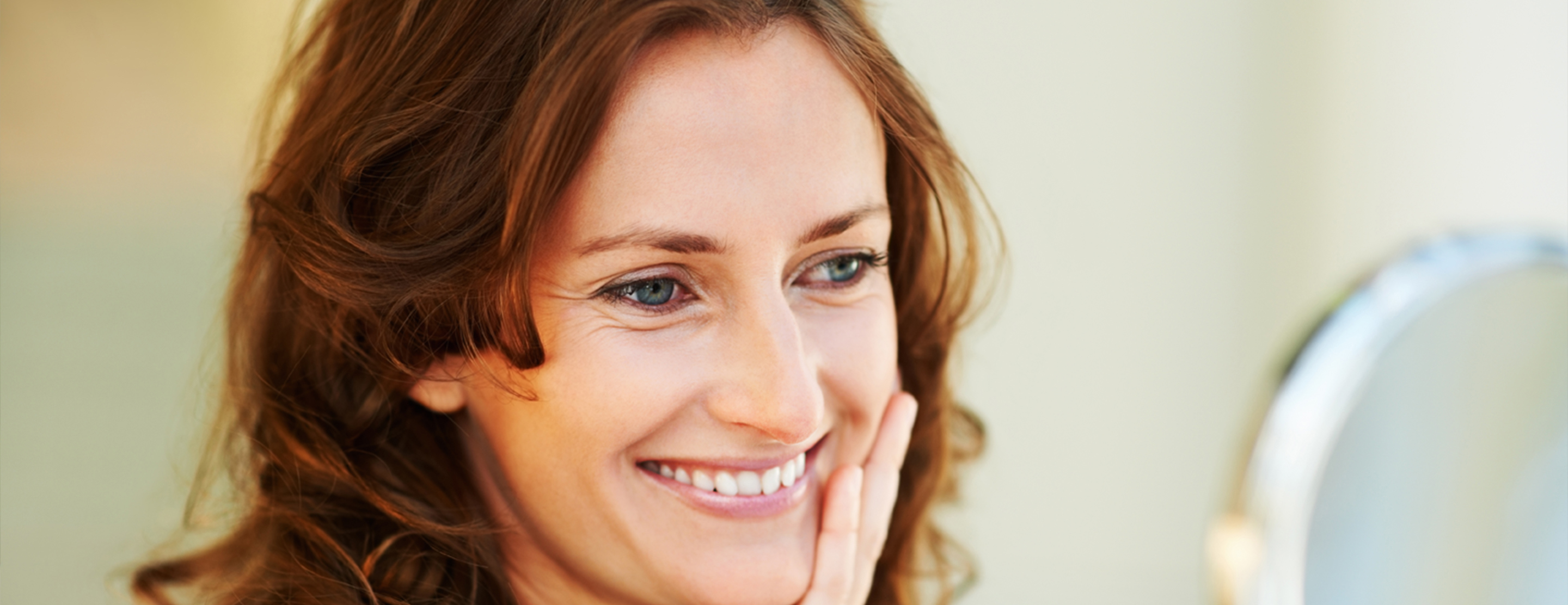
Cosmetic Botox
Botox is the name for a drug made from botulinum toxin type A. Botulinum toxin is the bacteria that causes a type of food poisoning called botulism. However, when administered in very small doses, it is safe and effective for smoothing wrinkles in the face and neck, as well as treating a variety of medical conditions. The drug works by blocking the nerve impulses that tell your muscles to contract, temporarily paralyzing muscles that cause wrinkles. This results in skin that has a smoother, more refreshed appearance. Effects last about three to four months.
Botulinum toxin works by inhibiting muscle movement that leads to lines and furrows. It is used to improve:
- Vertical grooves or creases between your eyebrows
- Creases or furrows on your forehead
- Crow's feet, which are lines around the sides of your eyes
- Frown lines
- Thick bands in your neck
Botox is not recommended for facial wrinkles caused by sun damage or scarring from prior trauma.
Botulinum toxin may also be used to treat hyperhidrosis, a condition that causes excessive sweating, most commonly in the underarms and palms. This is a debilitating problem that often interferes with work, social interactions and daily activities. Botulinum toxin is typically used for patients with hyperhidrosis who have not responded to other medical therapies.
Preparation
If you are considering Botox, you will first meet with a doctor for a consultation to discuss your cosmetic goals. Please bring information about your medical history, including previous surgeries, present and past health problems, as well as any medications, herbal and nutritional supplements, you are taking or have taken at some time.
Your doctor will exam your skin, its texture, thickness, elasticity and degree of wrinkling to determine if Botox is the right treatment for you. Not all facial wrinkles will benefit from Botox injections. In addition, Botox cannot be performed on women who are pregnant or nursing, people who are allergic to any ingredient in Botox, or have an infection at the site where an injection will be made.
You will have a "skin test," during which a small amount of Botox is injected into your forearm to be sure that you are not allergic to it. We require that you have two skin tests within a one-month period (two weeks apart) to be sure that you are not allergic to Botox. Allergic reactions can cause itching, redness and other symptoms.
If you decide to have Botox injections and your doctor thinks that you are a good candidate, he or she will explain the technique and the risks and costs.
Risks and Side Effects
As with any medical procedure, Botox has possible risks and side effects; however, because this is a non-surgical procedure, the risks and possible complications are infrequent, minimal and temporary.
Common side effects include:
- Headaches
- Respiratory infection
- Flu symptoms
- Temporary eye-lid droop
- Nausea
Less commonly reported effects include pain, redness or bruising around the injection site, and muscle weakness. In addition, although rare, some people can develop antibodies to Botox so that injections become less effective over time.
Procedure
Botox injections will be performed in your doctor’s office. Depending on the number of injections, the procedure lasts between 10 to 30 minutes. It is a relatively painless procedure, although you may experience some slight discomfort, often described as a "prick."
During the procedure, you will be asked to contract the muscle area to be treated so your doctor can determine injection sites. These areas may then be numbed with a cold pack or topical cream. The doctor will then administer several tiny injections of Botox directly into the muscle.
Recovery
You will notice improvement in your treated wrinkles 24 to 48 hours after injections; it typically takes between three to five days for final results appear. You may experience some mild temporary bruising, numbness or redness around the injection sites. You will not look 20 years younger, but you may find that you look more natural and relaxed or less sad and angry.
When the effects of Botox start to wear off, your wrinkles will return, but they may not be as deep. You may then have additional injections. Two or three injections per year are recommended to achieve maximum benefits.
Most patients can return to normal activities immediately after injections, although strenuous activity should be avoided for 24 hours. It is also recommended that you remain in an upright position for many hours after your injections and do not rub or massage the treated area to prevent spreading Botox to other muscles.
Follow-up
The results of your Botox injections will generally last up to four months. If you wish to maintain your wrinkle-free look, another round of injections is necessary. However, it is recommended that you wait at least three months between treatments. With more and more injections, you may develop antibodies that cause treatments to become less effective over time. This resistance can be minimized by using the lowest dose possible, as well as extending the time between sessions.
UCSF Health medical specialists have reviewed this information. It is for educational purposes only and is not intended to replace the advice of your doctor or other health care provider. We encourage you to discuss any questions or concerns you may have with your provider.







